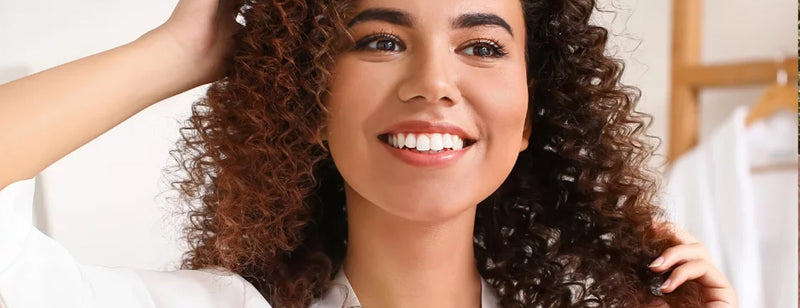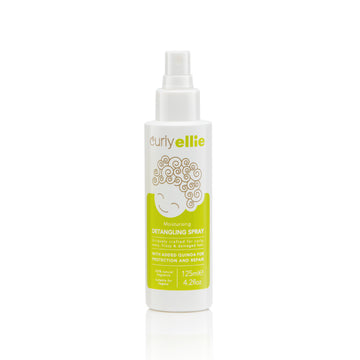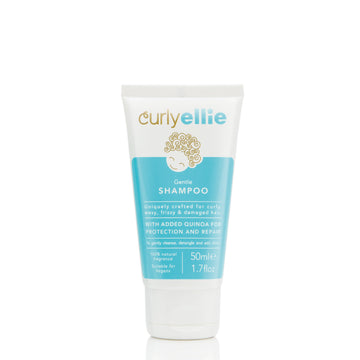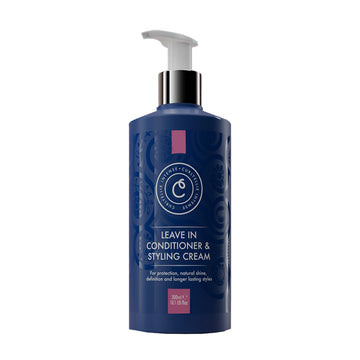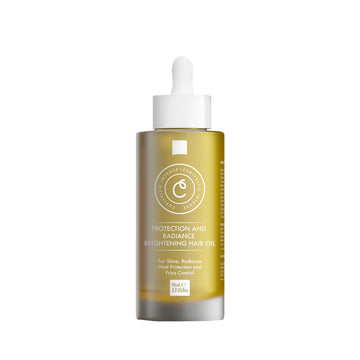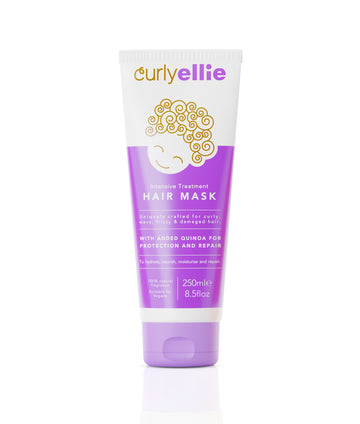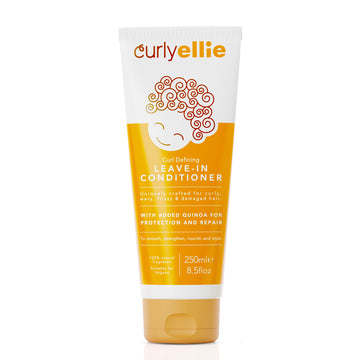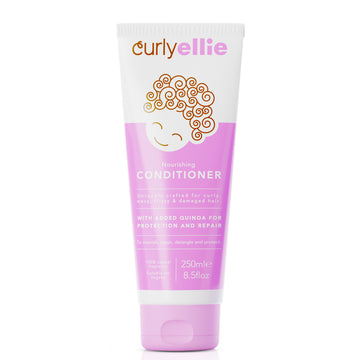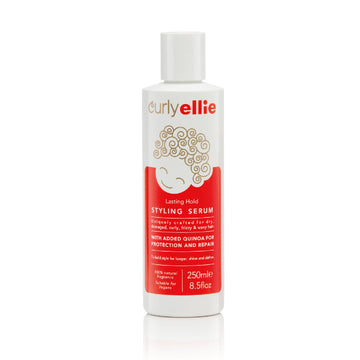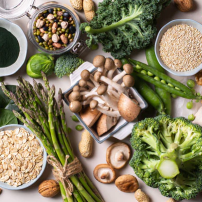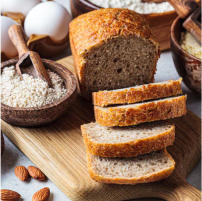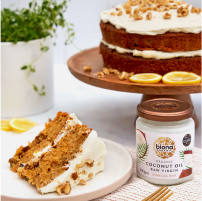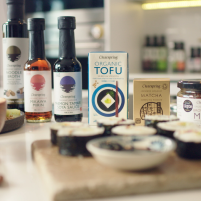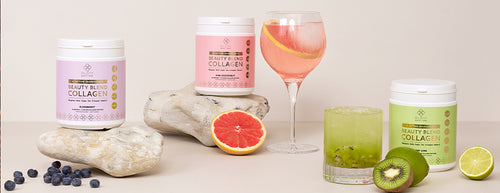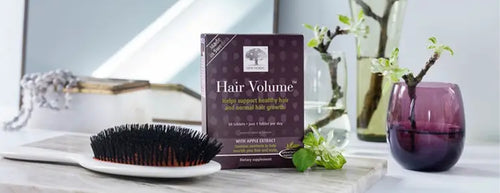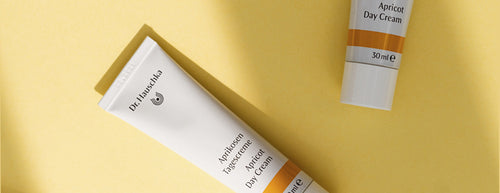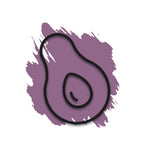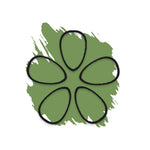If you’ve decided to ditch the straighteners and embrace your natural curls for the first time, or you’re trying to take your current haircare regime to the next level, you might be getting overwhelmed by the seemingly endless array of techniques and routines in the super-popular ‘Curly Girl’ method, or simply bamboozled by the terminology (‘plopping’ anyone?!)
Well we hear you, and we’re here to make your Curly Girl journey as easy as possible, so let’s start with a simple guide to the most common terms you’re likely to encounter!
Build-up
This happens when the ingredients in hair products are absorbed into the hair shaft and are layered repeatedly, which can cause your curls to stretch and appear limp, become dry, frizzy, and tangle more. Suppose your hair feels like it’s stopped responding to your favourite conditioners and products that used to work so well. In that case, it might signify that it’s suffering from product build-up and it’s time to use a clarifying shampoo. For your curl-defining hair products to work as they should, your hair needs to be able to absorb them, and if your hair has a layer of built-up product residue or silicones sitting on the surface, then your curls won’t look or act their best.
Clarifying wash
So, you think you are suffering from build-up, but how do you remove it without adding to the problem? That’s where a clarifying wash comes in. These are sulfate and silicone-free shampoos that use gentler surfactant ingredients such as Cocamidopropyl betaine, derived from coconut. They will help remove all the build-up layers weighing your curls down and preventing them from looking their sleek, bouncy best! But, you do need to be careful and not do this too often as it can still leave your hair too dry. Curls need moisture and that is why most curly-girl routines prefer the ‘no-poo’ method and only use a co-wash.
Co-wash
Just when you think you’ve got it sussed and know what a clarifying wash is, you then find out there’s also a co-wash! Simply put, it stands for ‘conditioning wash’, which means you’re ditching regular shampoo (yes, even your clarifying shampoo) and using a conditioner to clean your hair. But not any conditioner will do – you are looking for a cross between cleanser and conditioner. Creme-based co-washes contain more cleansing ingredients (surfactants) than a regular conditioner but fewer surfactants than a normal shampoo/cleanser. It doesn’t foam and is more moisturising than a regular shampoo while being a little lighter in texture than a regular conditioner.
Diffuse
If you watch any Insta reel featuring the curly girl routine, you’ll probably see a diffuser being used. This is the huge round attachment on a hairdryer, and you’ll see people hold it very close to their curls and don’t move it around as this will disturb the form of your curls. Use the diffuser attachment as if it was your hand, gently cupping hair in the bowl of the diffuser and softly scrunching the curls from the ends up. Move around your head, working in small sections, spending a few seconds on each section, and moving up toward the roots as you go. For extra volume, you can tip your head upside down when you do this.
Cuticle
The hair cuticle is the outermost part of the hair shaft. It is formed from dead cells, overlapping in layers, which form scales that protect and strengthen the hair shaft. When your hair looks dry, tangled or frizzy, it’s a sure sign that your hair cuticles have opened and are damaged.
Finger coil
Remember when you were a kid and you used to wind your hair around your fingers as you daydreamed? Well, this is a finger coil and it helps to form naturally tight, defined curls.
No-poo
This is what we explained when we talked about co-wash. It’s ditching your regular (often drying) shampoo for a co-wash. The poo is short for shampoo – what, you thought it meant something else?
Raking
Now, this is an easy one – it just means using your fingers to gently comb your leave-in conditioner through your curls instead of a comb. Raking through your curls with your fingertips will help to detangle and smooth. As your fingertips near the end of each section shake your hand to loosen-up strands. The shake is what will help your curls form in their most natural way
Plopping
Now this one always makes us laugh – but it simply means wrapping your hair up in a microfibre or old T shirt instead of a more traditional bathroom towel. The reason is that a towel will absorb too much moisture, which your curls need, and can also damage your cuticles, which will lead to frizz. Many women plop for 10-20 minutes before they diffuse or air-dry their hair, and some even keep their hair like this overnight.
Slip
Nope, nothing to do with the icy weather, this term refers to how lubricated a product makes your hair feel after applying. The more slip a product has, the easier it is to rake your fingers through your hair.
So, now you’ve mastered the terminology and the Curly Girl basics, are you ready to take it to the next level and supercharge your curls?! Great, check out our blog 'Embracing Your Natural Curls Part 2: Discovering Your Unique Curl Type' to learn about your unique curl type & discover the ideal haircare regimen with Naturtint's Curly Range!


